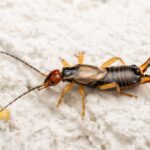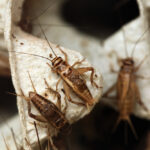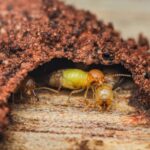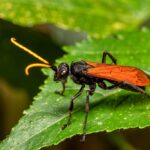A Guide to Termites in Arizona
Knowing the types of termites you may find in Arizona is the first step in protecting yourself from these destructive pests. Learn more with Responsible Pest & Scorpion Control.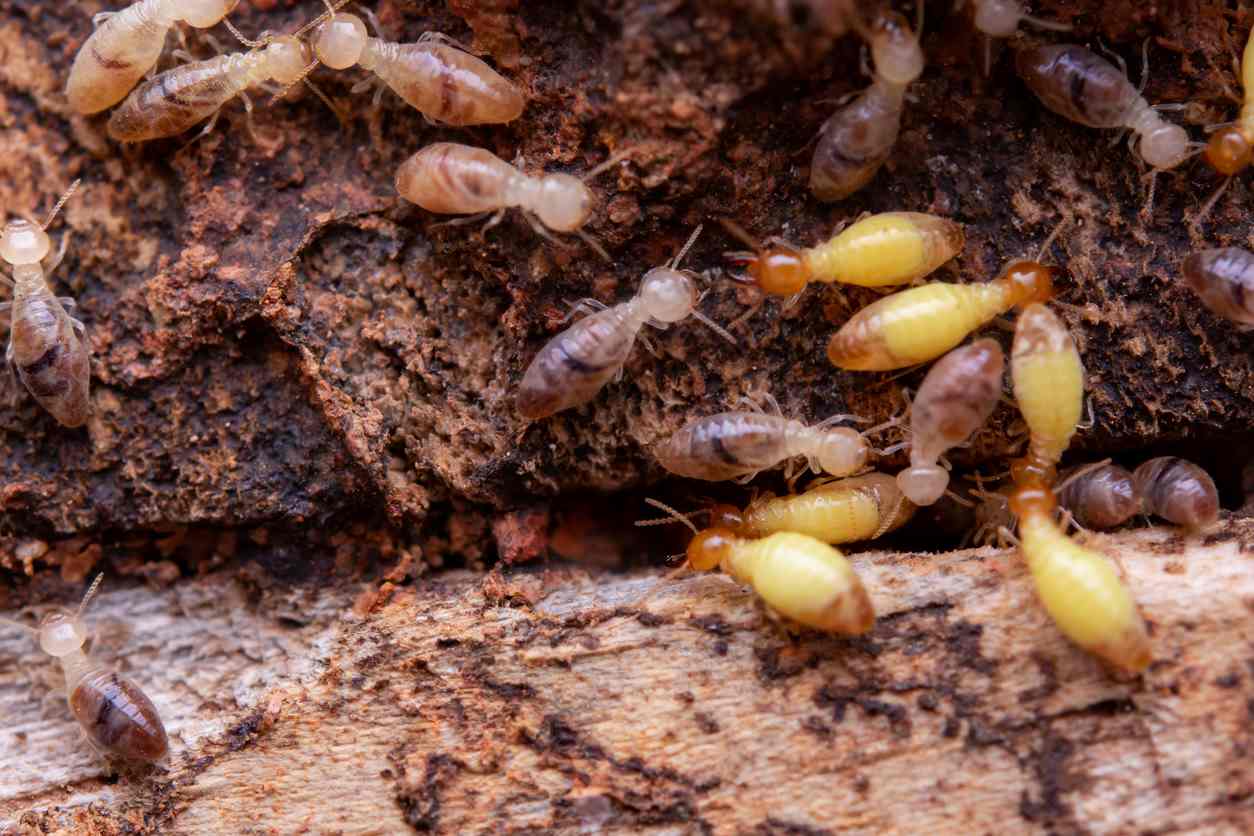
Where there’s wood, there are bound to be termites, and the great state of Arizona is no exception. While termites are typically thought to thrive in damp environments, the termites in Arizona are just fine with dry weather.
If you own a home or business here, you’re probably going to have to do battle with termites, and as Sun Tzu once said, “If you know the enemy and know yourself, you need not fear the result of a hundred battles.” Okay, so maybe that’s a bit dramatic, but it’s still a good idea to be proactive and informed when it comes to termites in Arizona. In honor of Termite Awareness Week, here’s a handy guide to Arizona termites.
What types of termites live in Arizona?
The two main types of termite in Arizona are subterranean termites and drywood termites. The type of termite you’re most likely to encounter depends on the climate in your part of Arizona.
Subterranean Termites in Arizona
Subterranean termites can be sorted into three categories: desert subterranean termites, arid subterranean termites, and desert dampwood termites.
Desert Subterranean Termites
Desert subterranean termites love extreme heat, so you’re especially likely to find them if you live in the southern part of the state. When a heat wave hits and you’re sitting in front of a fan with a bag of ice on your head, they could be merrily chomping away at the soft, porous rings in your house’s structural timber, leaving behind a honeycomb pattern. Another sign of infestation is the presence of drop tubes, which look like icicles made of mud, that termites build to make food sources easier to reach.
Desert subterranean termite workers look like pale, cream-colored ants. Swarmers are more beige and can be up to half an inch long, including their wings. The soldiers are larger, with rectangular heads and scary-looking dark jaws.
Arid Subterranean Termites
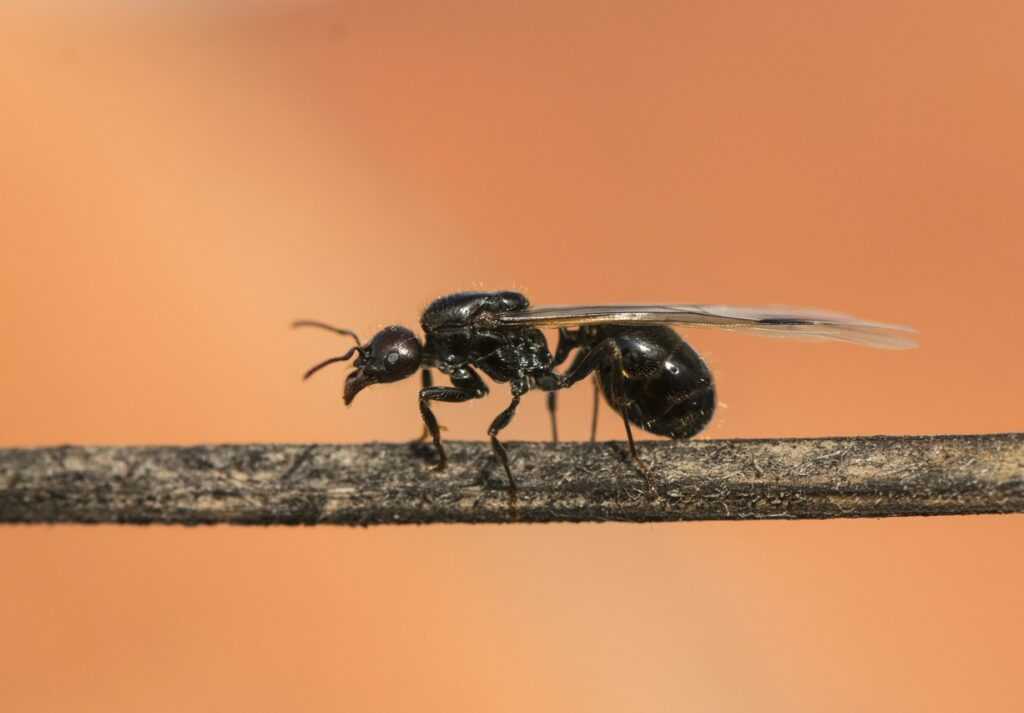
Arid subterranean termites can be found in the desert as well, but also in more diverse environments, such as rivers, sand dunes, and even at high elevations. If you live in the northern part of the state, you’re probably more likely to see an arid subterranean termite than a desert subterranean termite. In addition to wood, these termites like to eat all sorts of stuff, including paper, stucco, insulation, and natural fiber carpeting.
Arid subterranean termite workers also look like ants, but they’re a bit darker than their desert counterparts. Swarmers and soldiers are dark brown or black, but otherwise have similar features, such as wings for the swarmers and jaws for the soldiers.
Desert Dampwood Termites
Desert dampwood termites are relatively rare due to the dry climate in the state, but if you live anywhere near a citrus grove or other wooded area, they could still be a threat. These subterranean termites get the moisture they so desperately crave from the sap of living plants, but they also tend to burrow into poles and fence posts that have direct contact from the soil.
Desert dampwood termites are quite a bit larger than the others, with some swarmers measuring in at nearly an inch long, including their wings. The soldiers are a bright yellow-orange, with darker heads and jaws. These termites don’t technically have worker types, with young desert dampwood termites performing the usual worker tasks of feeding and maintaining the colony.
Western Drywood Termites
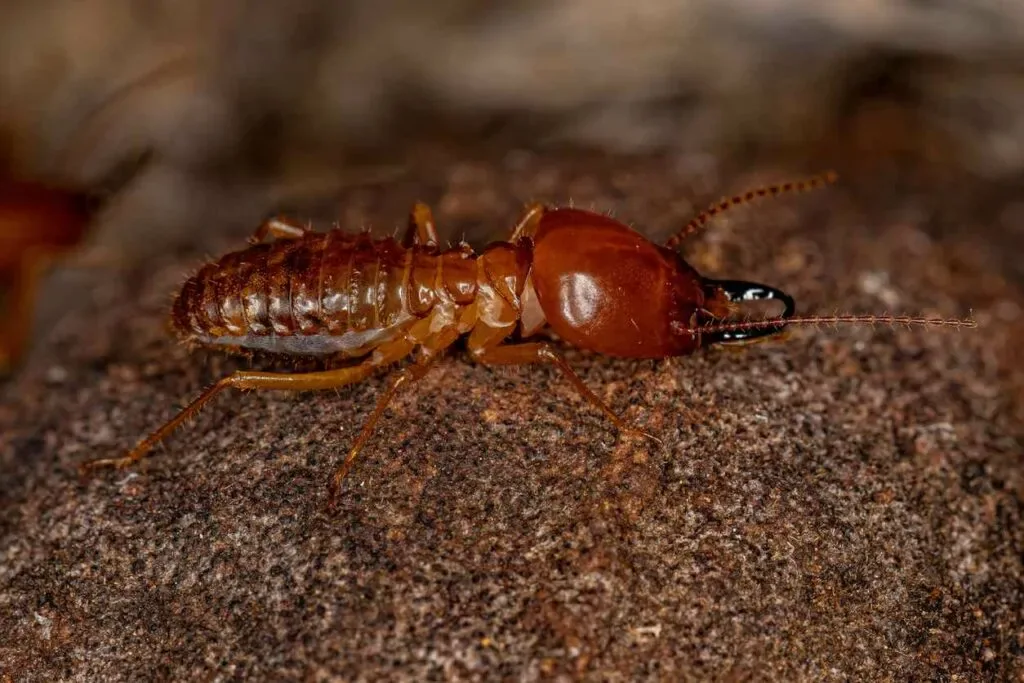
Unlike subterranean termites, western drywood termites tend to stay above ground. They like to take their time when building their colonies, but if left to their own devices, arid subterranean termites can do a lot of damage. Those colonies can be massive, and there can be multiple colonies within a single structure, with thousands of termites digging long tunnels across the wood grain and sometimes causing blisters on the wood’s surface. If you ever plan on moving, be careful: these termites like to feast on furniture, so it’s easy to take an infestation with you.
Western drywood termite swarmers have dark brown abdomens and russet brown heads. Their soldiers have uneven jaws and long antennae. Like desert dampwood termites, western drywood termites also don’t have a true worker class.
Your Arizona Termite Control Solution
Now that you know a bit more about them, it’s time to be proactive about protecting your home or business from Arizona termites, and Responsible Pest & Scorpion Control is here to help. Remember to keep an eye out for termite warning signs, so you don’t leave yourself vulnerable.
If you’re wondering how much termite treatment costs in Arizona, check out our service plan options and request a free quote, or just give us a call. We have pest control experts all over the state who know exactly what to do to keep any type of termite away from you.
